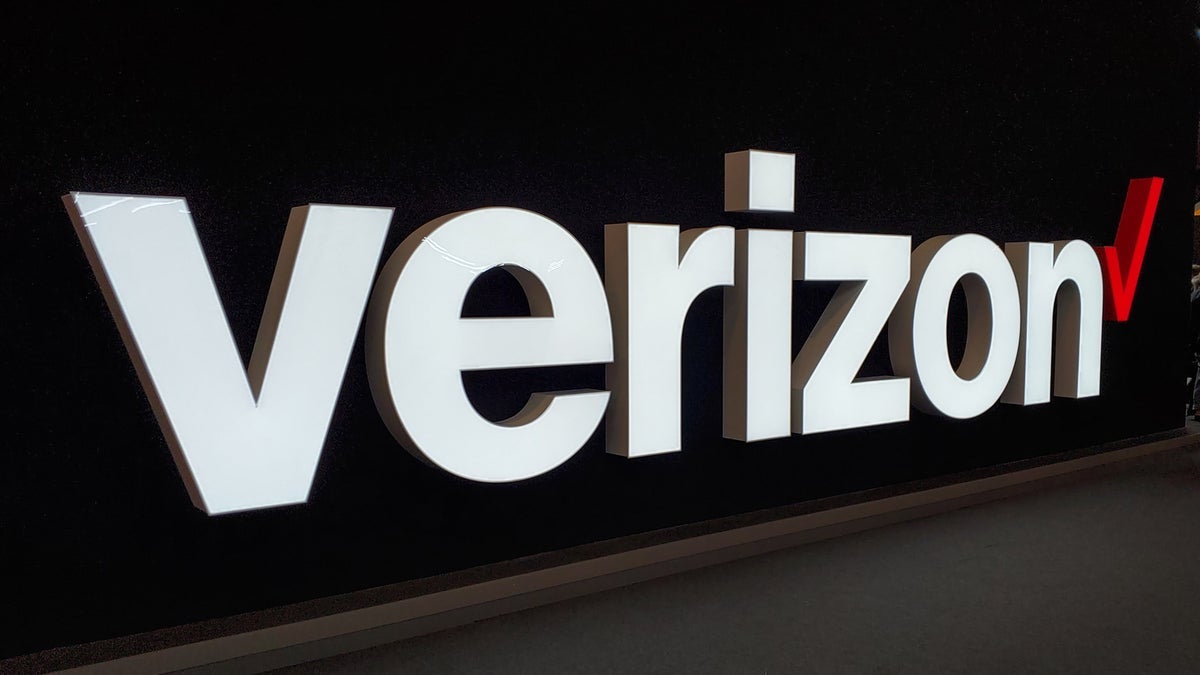
Cortez pointed out that in the past, cell towers were mostly built along interstates. He noted that while large towers in areas like Monroeville, Greensburg, Green Tree, and Cranberry were once used mainly for voice calls, that's no longer the case. With the evolution of wireless networks, particularly the transition to 5G, voice communication has become a smaller part of network traffic. These days, remote work and mobile entertainment drive most of the demand.He also cited that over 74% of households in the US rely solely on wireless service.The proposed tower would sit at least 200 feet away from any property line, with the closest home approximately 850 feet from the installation site. This, however, didn't help to cool emotions off at 100% at the council meeting.A resident asked if anything could be done to prevent 5G technology from being used on the tower. Both Cortez and council members explained that federal regulations under the 1996 Telecommunications Act limit local authority. Municipalities cannot block wireless services that address health and safety needs. Cortez added that the tower's coverage would play a crucial role in making sure emergency calls to 911 connect reliably within the current one-square-mile coverage gap.Council President Dayne Dice clarified that while the municipality can influence the tower's location, it cannot dictate the type of technology it uses. He added that even if the permit had been denied, the project would likely still move forward eventually.
